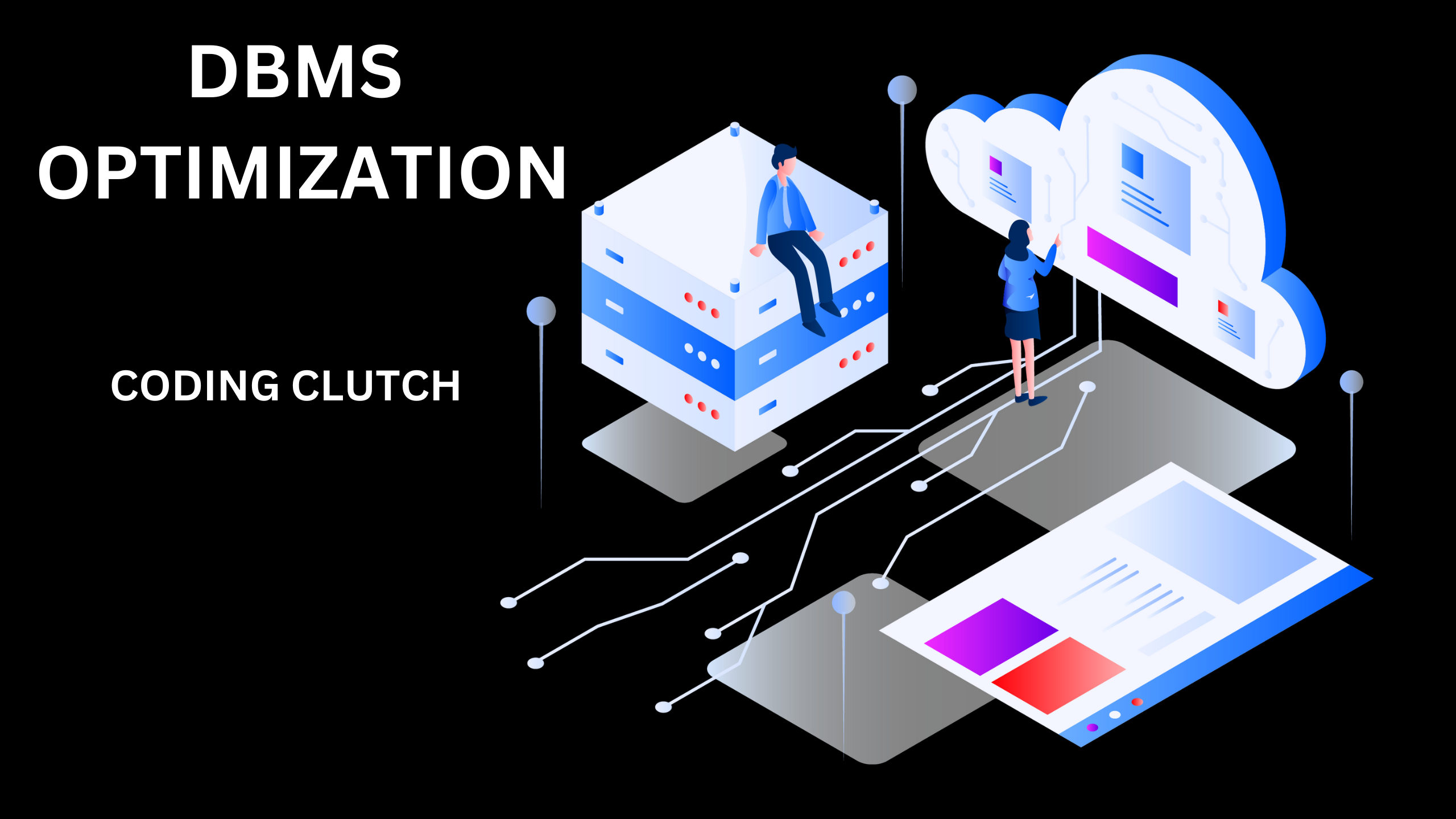In the realm of software development, databases play a crucial role in storing, managing, and retrieving data efficiently. Whether you’re working on a small-scale project or a large-scale enterprise system, optimizing your database performance is essential for ensuring fast response times, scalability, and cost-effectiveness. In this blog post, we’ll delve into the principles and best practices of database optimization, exploring techniques to enhance performance, minimize resource consumption, and improve overall system reliability.
Understanding Database Optimization
Before diving into optimization techniques, it’s crucial to understand the underlying principles of database optimization. Optimization involves refining the structure, configuration, and queries of your database to achieve optimal performance. This process aims to minimize the time and resources required for data manipulation, storage, and retrieval while maximizing throughput and scalability.
Key Principles of Database Optimization
1. Data Modeling and Schema Design
Effective data modeling and schema design lay the foundation for database optimization. By carefully designing your database schema based on your application’s requirements, you can reduce redundancy, ensure data integrity, and optimize query performance. Consider normalization techniques to eliminate data duplication and maintain consistency, and denormalization where appropriate to enhance query performance.
2. Indexing Strategies
Indexes are essential for accelerating data retrieval operations by providing efficient access paths to the underlying data. However, indiscriminate use of indexes can lead to increased storage overhead and decreased write performance. Adopt a strategic approach to index creation, focusing on columns frequently used in search predicates, join conditions, and sorting operations. Regularly analyze query execution plans and adjust index configurations based on performance metrics.
3. Query Optimization
Optimizing database queries is paramount for enhancing performance and reducing resource consumption. Review and optimize SQL queries to leverage indexes effectively, minimize table scans, and reduce unnecessary data fetching. Techniques such as query rewriting, query caching, and query tuning can significantly improve execution times and overall system responsiveness.
4. Database Configuration Tuning
Fine-tuning database configuration parameters can have a profound impact on performance and scalability. Adjust settings related to memory allocation, buffer pools, caching mechanisms, and parallelism to optimize resource utilization and throughput. Keep abreast of best practices and recommendations provided by database vendors and community experts to ensure optimal configuration settings for your specific workload.
5. Data Partitioning and Sharding
For large-scale databases, data partitioning and sharding can distribute data across multiple servers or storage devices, improving scalability and parallelism. Implement partitioning strategies based on data access patterns, such as range partitioning, hash partitioning, or list partitioning. Evaluate the trade-offs between partitioning overhead and performance gains, and monitor partitioned tables for balanced distribution and efficient query routing.
6. Performance Monitoring and Analysis
Continuous monitoring and analysis of database performance metrics are essential for identifying bottlenecks, detecting anomalies, and proactively addressing issues. Utilize monitoring tools and instrumentation frameworks to collect and analyze key performance indicators such as CPU utilization, disk I/O rates, query execution times, and lock contention. Establish alerting mechanisms to notify administrators of potential performance degradation or impending resource constraints.
Best Practices for Database Optimization
In addition to understanding the fundamental principles of database optimization, adopting best practices can further enhance the efficiency and reliability of your database systems. Consider the following best practices as guidelines for optimizing your databases:
1. Regular Performance Profiling
Conduct regular performance profiling and benchmarking exercises to evaluate the effectiveness of optimization efforts and identify areas for improvement. Establish baseline performance metrics and track changes over time to gauge the impact of configuration changes, index optimizations, and application updates.
2. Version Control and Change Management
Implement robust version control and change management practices to track database schema changes, configuration updates, and application deployments. Maintain comprehensive documentation of schema modifications, index additions, and configuration tweaks to facilitate troubleshooting, rollback procedures, and collaboration among team members.
3. Automated Testing and Quality Assurance
Integrate automated testing and quality assurance processes into your database development lifecycle to validate schema changes, optimize queries, and detect performance regressions. Leverage unit tests, integration tests, and performance benchmarks to ensure that optimization changes do not introduce unintended side effects or degrade system stability.
4. Capacity Planning and Scalability Testing
Anticipate future growth and scalability requirements by conducting capacity planning exercises and scalability testing. Evaluate the scalability of your database infrastructure under varying load conditions, and identify potential scalability bottlenecks such as resource contention, query concurrency limitations, and storage constraints. Implement horizontal scaling strategies such as database clustering, replication, or cloud-based scaling solutions to accommodate growing workloads.
5. Continuous Learning and Knowledge Sharing
Foster a culture of continuous learning and knowledge sharing within your development team by encouraging collaboration, peer reviews, and knowledge exchange sessions. Stay abreast of emerging trends, technologies, and best practices in the field of database optimization through conferences, workshops, online forums, and community meetups. Share insights, lessons learned, and optimization techniques to empower team members and drive continuous improvement initiatives.
Conclusion
Database optimization is a multifaceted discipline that requires a deep understanding of database internals, query execution mechanisms, and performance tuning strategies. By adhering to the principles and best practices outlined in this blog post, you can enhance the performance, scalability, and reliability of your database systems, ultimately delivering superior user experiences and driving business success. Embrace optimization as an ongoing journey rather than a one-time endeavor, and continuously iterate and refine your optimization strategies to adapt to evolving workload demands and technological advancements.












